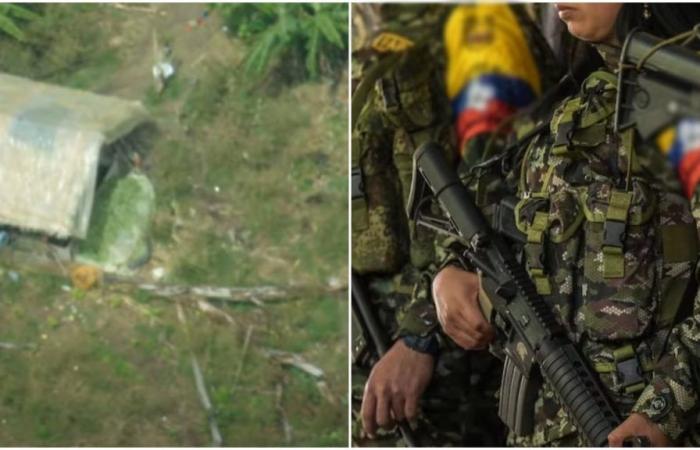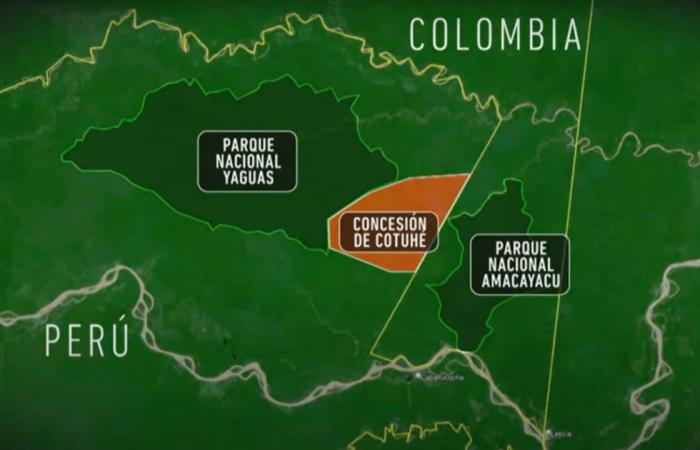In the remote border region of Cotuhé, between Peru and Colombia, a combination of rich biodiversity and illicit activities has led to an environmental and social crisis that has been largely ignored by both states.
This area, which covers the department of Loreto in Peru and borders the Amacayacu National Park in the department of Amazonas in Colombia, is a vital biological corridor and a refuge for various species. However, the region is a hot spot for drug trafficking and illegal mining, activities that have flourished in the absence of government and private control.
Environmental deterioration and armed groups
The Cotuhé border is an area of high biodiversity that should be protected for conservation. However, Deforestation, coca cultivation and gold mining have devastated large areas of forest. Between 2008 and 2020, 617 hectares were deforested, and by 2023, deforested areas had increased to 788 hectares, according to calculations by the Forest and Wildlife Resources Oversight Agency (OSINFOR).
During recent overflights made by the digital medium Epicenter TVextensive coca leaf plantations were recorded in deforested areas, especially on the Peruvian side, where wooden buildings are scarce but illicit activities are abundant.
The region not only suffers from environmental problems, it is also a territory where FARC dissidents operate. These illegal activities include drug trafficking and illegal mining, which have raised concerns about the lack of control and surveillance in the area.
Daniel Yovera, journalist Epicenter TV, was able to confirm that on the Peruvian side, from the overflight, coca leaves can be seen in the process of drying and environmental contamination has been reported as a result of illegal mining.
State abandonment and conservation efforts
Despite being under a conservation and research concession, Cotuhé has been abandoned by both the Peruvian state and the private concessionaires responsible for its care. Javier Salazar, a former green-area maintenance assistant, managed the Cotuhé concession for 15 years in the hope of obtaining carbon credits. However, his interest seemed more focused on economic benefits than on the true conservation of the area.
Salazar did not personally visit the area, but based his management plan on data obtained from Amacayacu Park in Colombia. Although his plan was initially rejected, a revised version was eventually approved. In 2009, the concession came under the control of the Regional Government of Loreto, Peru, but the regional authorities failed to properly manage the area.
The Zoological Society of Frankfurt has made recent efforts to protect the region, but the situation remains critical. Salazar recovered Lima’s institutional concession after alleging that regional authorities violated his constitutional right to due process.
Finally, last April, the Government of Loreto handed over the concession to the Frankfurt Zoological Society, an organization that is in charge of the administration of the Yaguas National Park, in Peru, and the Amacayacu National Park, in Colombia.
Currently, the security forces of Peru and Colombia, such as the Army and Navy, must act in this high-risk area to control illegal activities and protect the ecosystems in the biocultural corridor of the Cotuhé River, on the Peruvian side, and the Colombian Amazon. However, the actions are insufficient and the region continues to be a critical point of conflict and environmental deterioration.
Cotuhé remains a forgotten frontier, where the threat of FARC dissidents and illegal activities continue to endanger both the biodiversity and security of the region.








